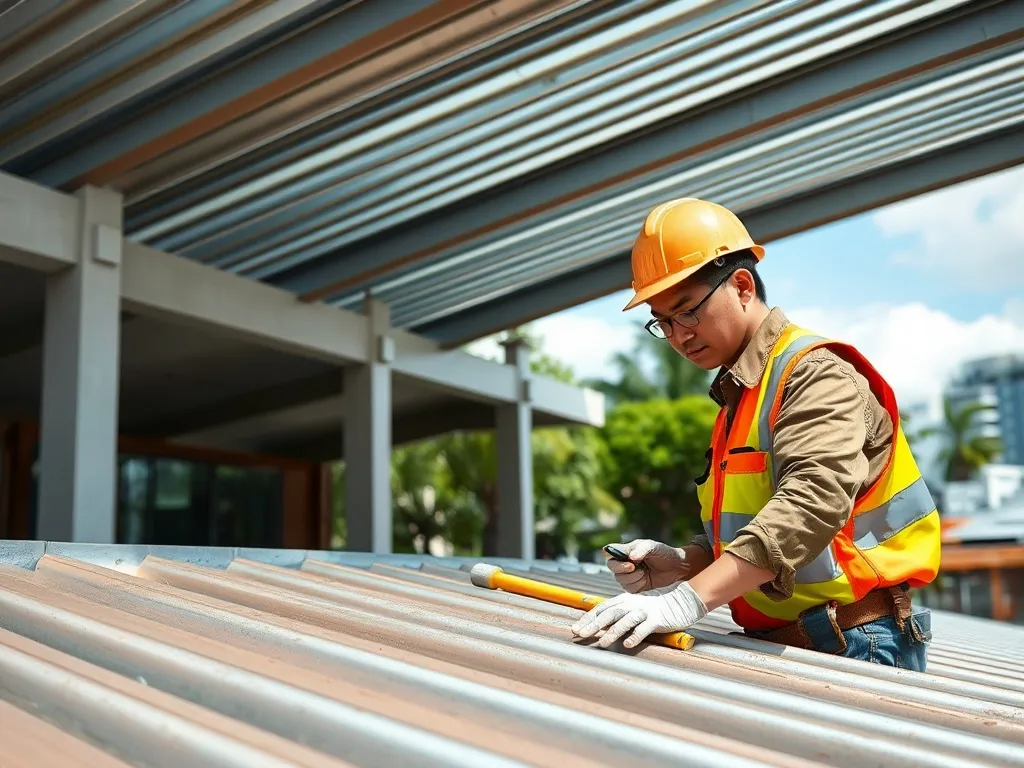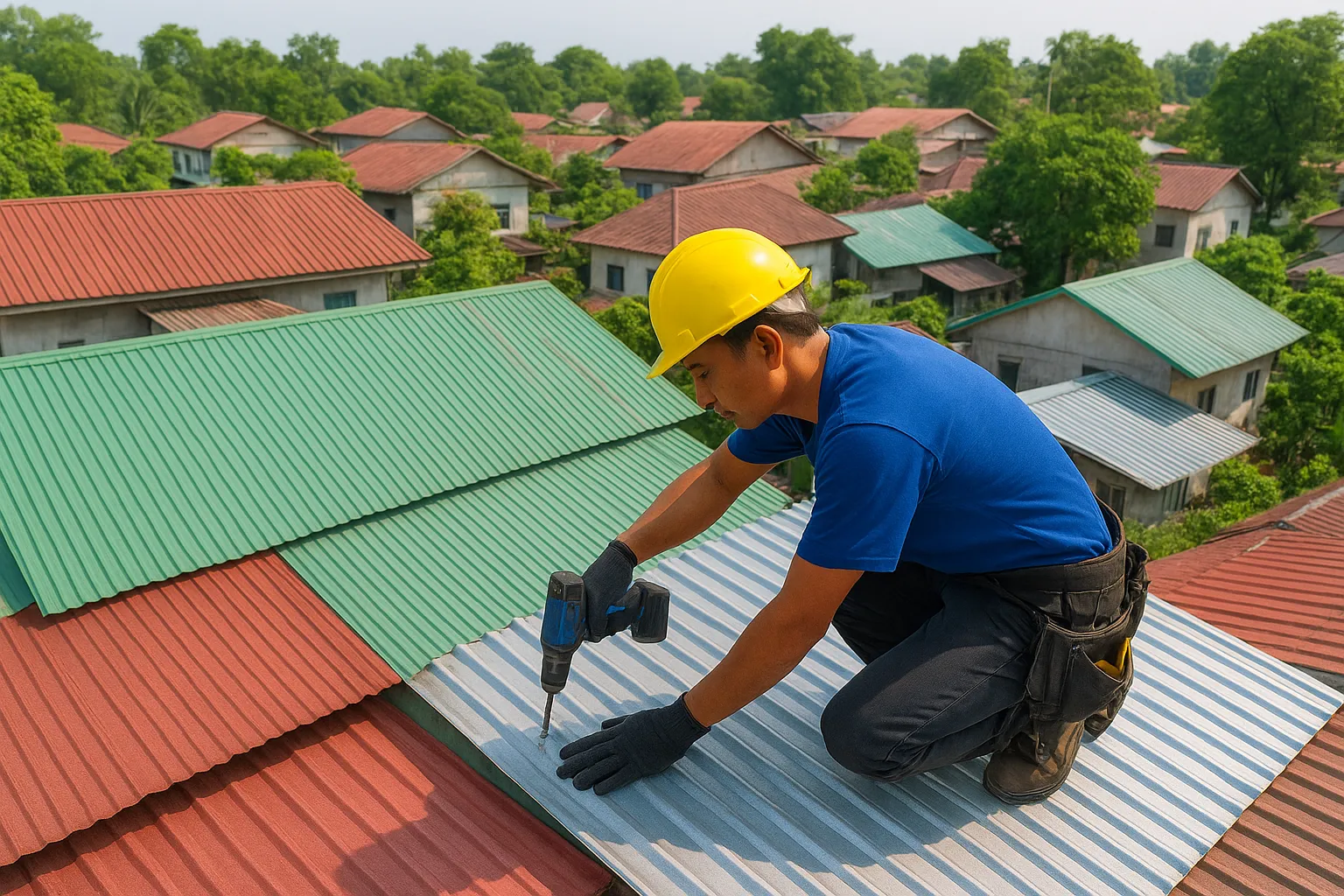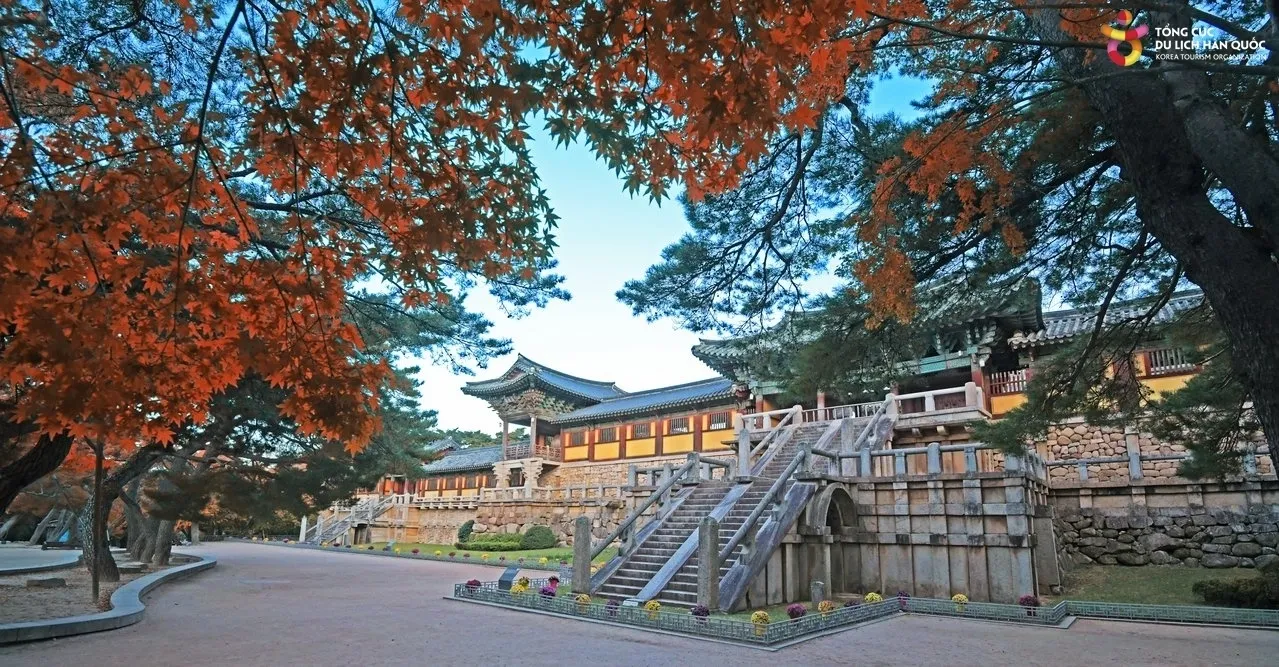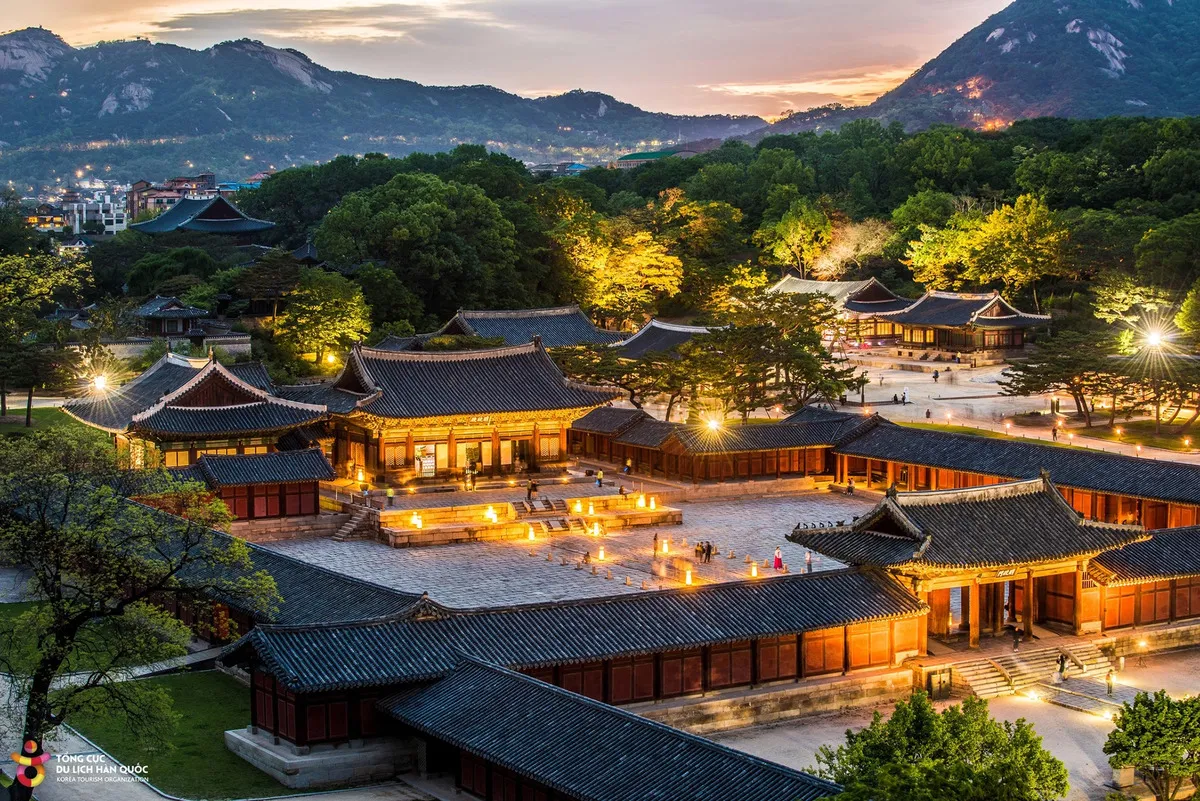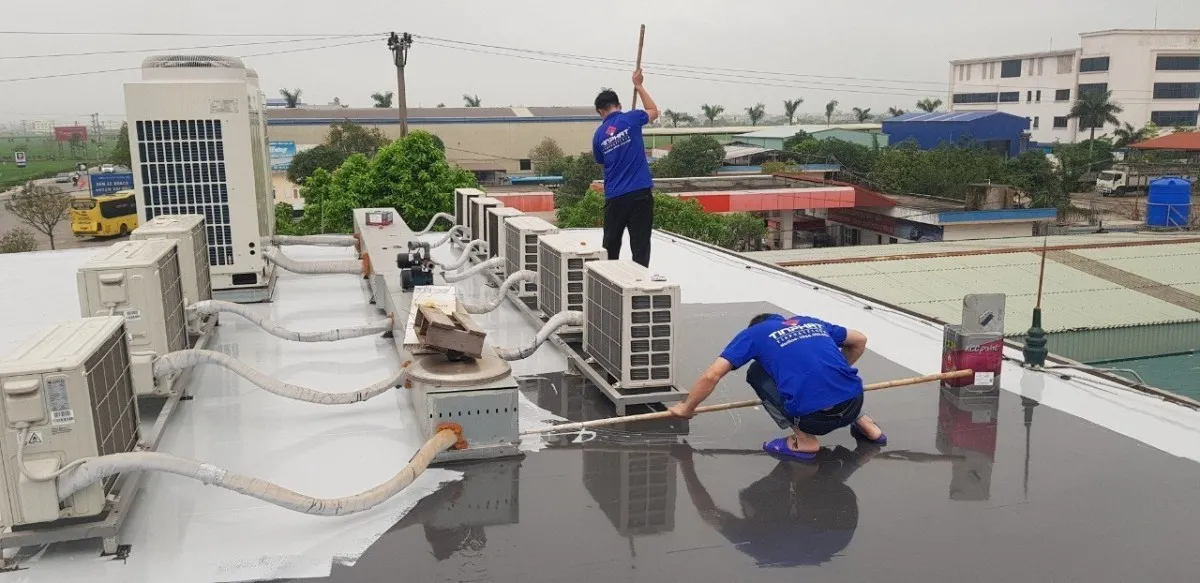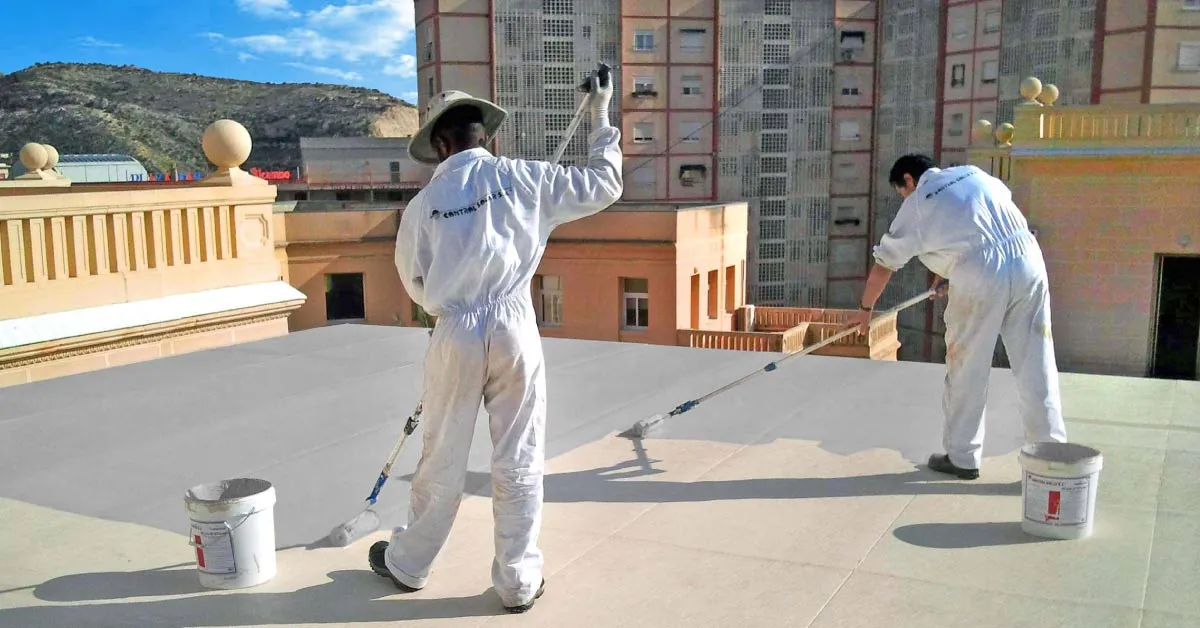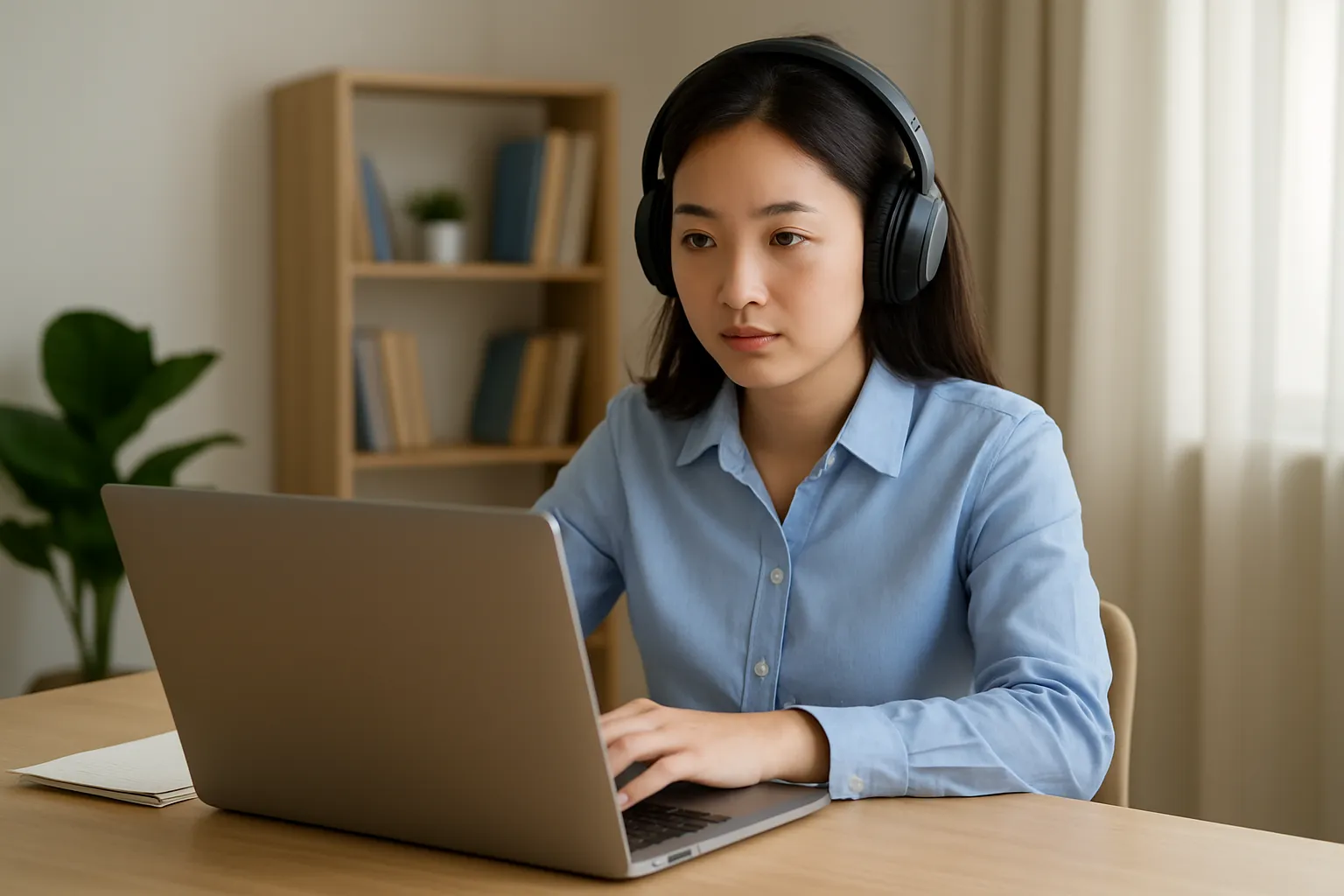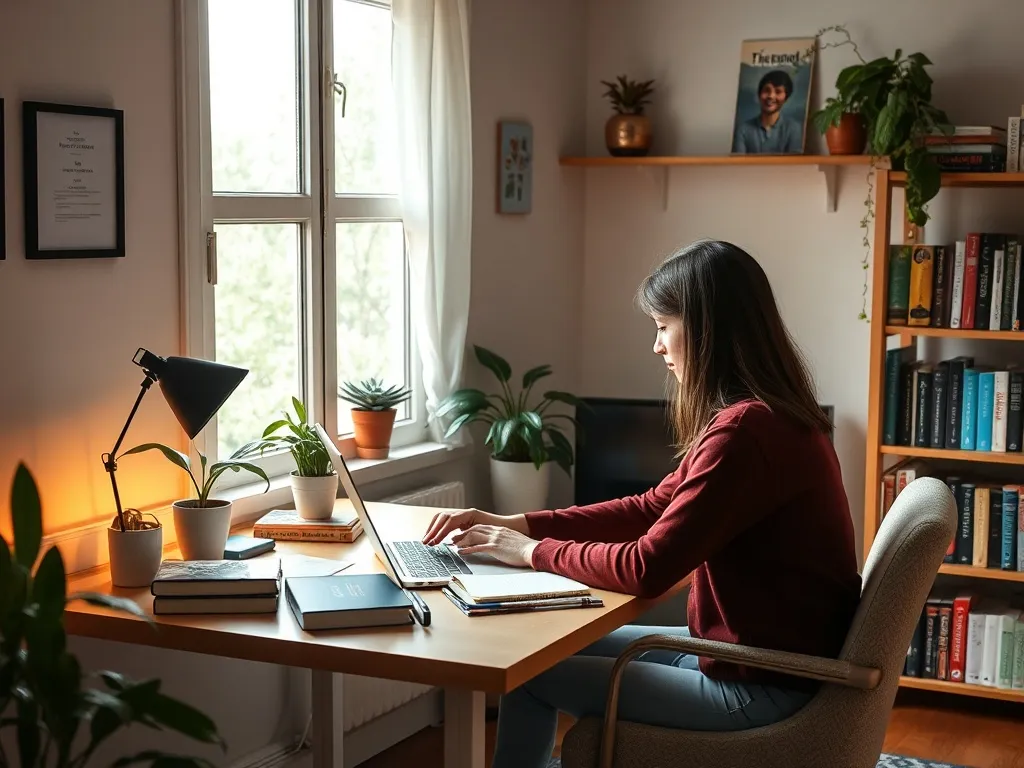Why Waterproofing is Essential for Sustainable Home Improvement
When we talk about sustainable home improvement, most people think of solar panels, energy-efficient windows, or eco-friendly insulation. However, one of the most overlooked yet critical aspects of building sustainability is waterproofing. Without proper waterproofing, even the most advanced green technologies can fail prematurely. Moisture damage not only weakens structural integrity but also increases energy consumption, encourages mold growth, and shortens the lifespan of materials. In this article, we will explore why waterproofing is essential for sustainable home improvement, breaking it down step by step through different phases of home design, construction, and maintenance.
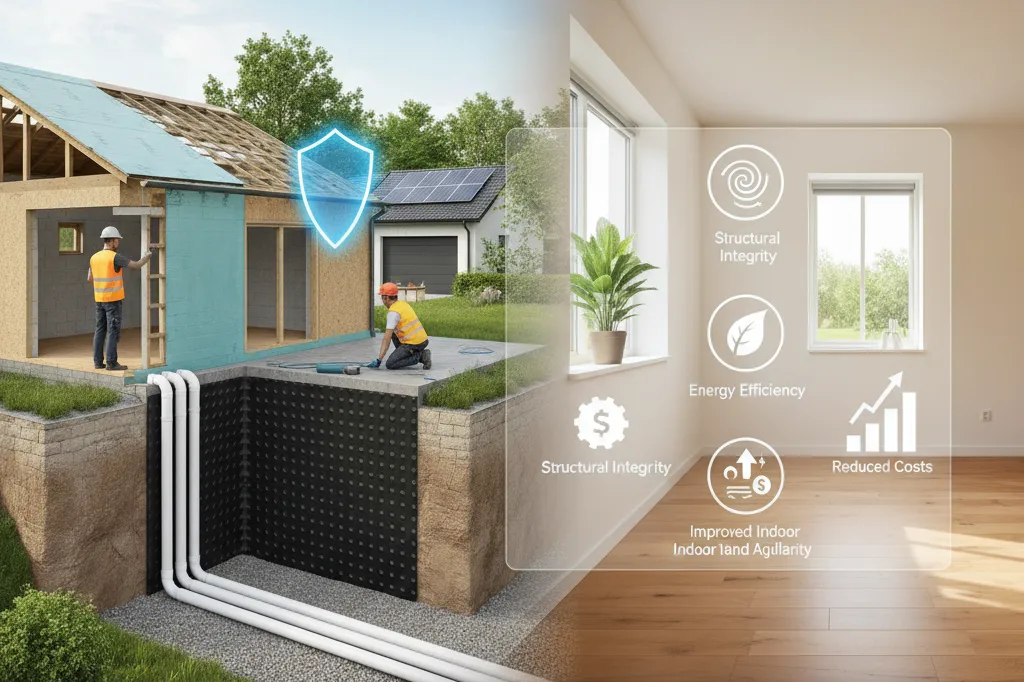
Understanding the Concept of Waterproofing
Waterproofing is the process of making a structure resistant to water penetration. It involves applying protective layers, membranes, or coatings to surfaces such as roofs, walls, basements, and foundations. The goal is to prevent water from seeping into areas where it can cause damage.
In the context of sustainable home improvement, waterproofing is not just about keeping interiors dry. It’s about ensuring that the home remains durable, energy-efficient, and healthy for decades. A well-waterproofed home reduces the need for frequent repairs, minimizes waste, and conserves resources.
Key Elements of Waterproofing
- Membranes – thin layers applied to surfaces to block water.
- Sealants – materials used to close gaps and joints.
- Drainage systems – designed to redirect water away from structures.
- Protective coatings – applied to roofs, walls, and basements.
The Role of Waterproofing in Sustainable Construction
When building a home, sustainability is often measured by energy efficiency, material choice, and environmental impact. However, without waterproofing, these efforts can be wasted. For example, eco-friendly insulation loses its effectiveness when wet, and wooden structures rot quickly if exposed to moisture.
By integrating waterproofing into the construction phase, homeowners and builders ensure that sustainable materials last longer. This reduces the need for replacements, lowers costs, and minimizes environmental waste.
Why It Matters
Waterproofing is not just a protective measure - it’s a sustainability strategy. A home that resists water damage requires fewer repairs, consumes less energy, and provides a healthier living environment.
Waterproofing and Energy Efficiency
One of the most overlooked connections is between waterproofing and energy efficiency. Moisture infiltration can compromise insulation, making heating and cooling systems work harder. This leads to higher energy bills and increased carbon emissions.
For example, a damp wall conducts heat more easily than a dry one, meaning your home loses warmth in winter and gains heat in summer. By keeping walls, roofs, and basements dry, waterproofing helps maintain stable indoor temperatures and reduces reliance on HVAC systems.
Benefits of Energy-Efficient Waterproofing
- Lower energy bills due to improved insulation performance.
- Reduced carbon footprint from decreased energy use.
- Enhanced comfort with stable indoor temperatures.
Protecting Structural Integrity
Water is one of the most destructive forces in construction. Over time, it can erode concrete, rust steel reinforcements, and weaken wooden beams. Without waterproofing, even the strongest materials deteriorate faster.
By preventing water infiltration, waterproofing extends the lifespan of foundations, walls, and roofs. This not only saves money but also reduces the environmental impact of frequent repairs and replacements.
Examples of Structural Damage from Poor Waterproofing
- Cracks in foundations due to water pressure.
- Rusting of steel beams in damp environments.
- Rotting of wooden floors and walls.
Waterproofing and Indoor Air Quality
Moisture is the leading cause of mold and mildew growth inside homes. Poor air quality from mold spores can trigger allergies, asthma, and other respiratory issues. A sustainable home is not just energy-efficient - it must also be healthy for its occupants.
Proper waterproofing ensures that basements, bathrooms, and kitchens remain dry, reducing the risk of mold growth. This creates a healthier indoor environment and aligns with the principles of sustainable living.
Health Benefits of Waterproofing
- Reduced risk of respiratory illnesses.
- Improved comfort and well-being.
- Longer lifespan of interior finishes like paint and wallpaper.
Long-Term Cost Savings
While some homeowners see waterproofing as an added expense, it is actually a long-term investment. Repairing water damage can cost thousands of dollars, while preventive waterproofing is far more affordable.
From a sustainability perspective, cost savings also mean resource savings. Fewer repairs mean less material waste, reduced energy use in manufacturing replacements, and lower transportation emissions.
Cost Comparison
- Average cost of waterproofing a basement: $3,000–$7,000.
- Average cost of repairing water damage: $10,000–$25,000.
- Environmental cost of wasted materials: immeasurable.
Waterproofing in Different Areas of the Home
Each part of the home requires a different waterproofing strategy. A one-size-fits-all approach does not work. Sustainable home improvement means tailoring waterproofing methods to specific areas.
Key Areas
- Roof – Protective coatings and membranes prevent leaks.
- Basement – Drainage systems and sealants keep foundations dry.
- Bathrooms – Tile sealants and moisture barriers prevent mold.
- Exterior walls – Weather-resistant coatings protect against rain.
Tip
Always consult a professional to determine the best waterproofing method for each area of your home.
Eco-Friendly Waterproofing Materials
Traditional waterproofing materials often contain harmful chemicals. However, modern eco-friendly waterproofing solutions are available. These materials are non-toxic, recyclable, and safe for the environment.
Examples include water-based sealants, recycled rubber membranes, and plant-based coatings. Choosing these options ensures that your home remains sustainable while still being protected from water damage.
Advantages of Eco-Friendly Waterproofing
- Non-toxic and safe for indoor use.
- Lower environmental impact.
- Durable and long-lasting performance.
Maintenance and Inspection
Waterproofing is not a one-time task. Regular maintenance and inspection are essential to ensure long-term effectiveness. Cracks, leaks, and worn-out sealants must be addressed promptly.
Homeowners should schedule annual inspections, especially before rainy seasons. This proactive approach prevents costly repairs and ensures that the home remains sustainable.
Checklist for Waterproofing Maintenance
- Inspect roofs for cracks and leaks.
- Check basement walls for dampness.
- Reapply sealants in bathrooms and kitchens.
- Clean and maintain drainage systems.
The Future of Waterproofing in Sustainable Homes
As technology advances, waterproofing is becoming smarter and more efficient. Innovations such as self-healing concrete, nanotechnology-based coatings, and smart moisture sensors are revolutionizing the industry.
These technologies not only improve durability but also align with the goals of sustainable home improvement. Future homes will be more resilient, energy-efficient, and environmentally friendly thanks to advanced waterproofing solutions.
Emerging Trends
- Smart waterproofing systems with real-time monitoring.
- Biodegradable waterproofing materials.
- Integration with green building certifications.
Conclusion
Waterproofing is far more than a protective measure - it is a cornerstone of sustainable home improvement. By preventing water damage, it safeguards structural integrity, enhances energy efficiency, improves indoor air quality, and reduces long-term costs. Moreover, eco-friendly waterproofing materials and innovative technologies are making it easier than ever to build homes that are both resilient and environmentally responsible.
In the journey toward sustainability, waterproofing is not optional - it is essential. A well-waterproofed home is not only stronger and healthier but also a true reflection of sustainable living.

